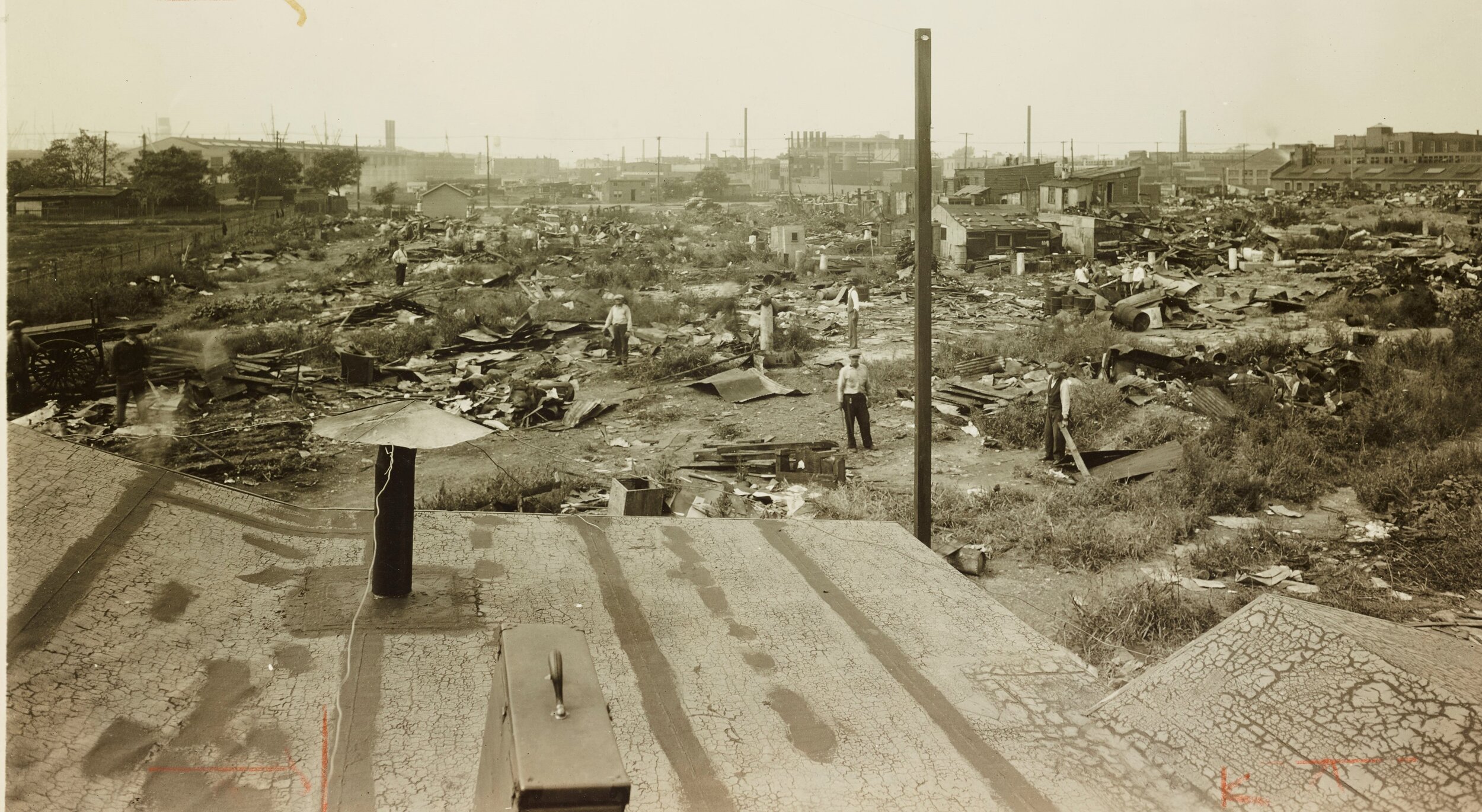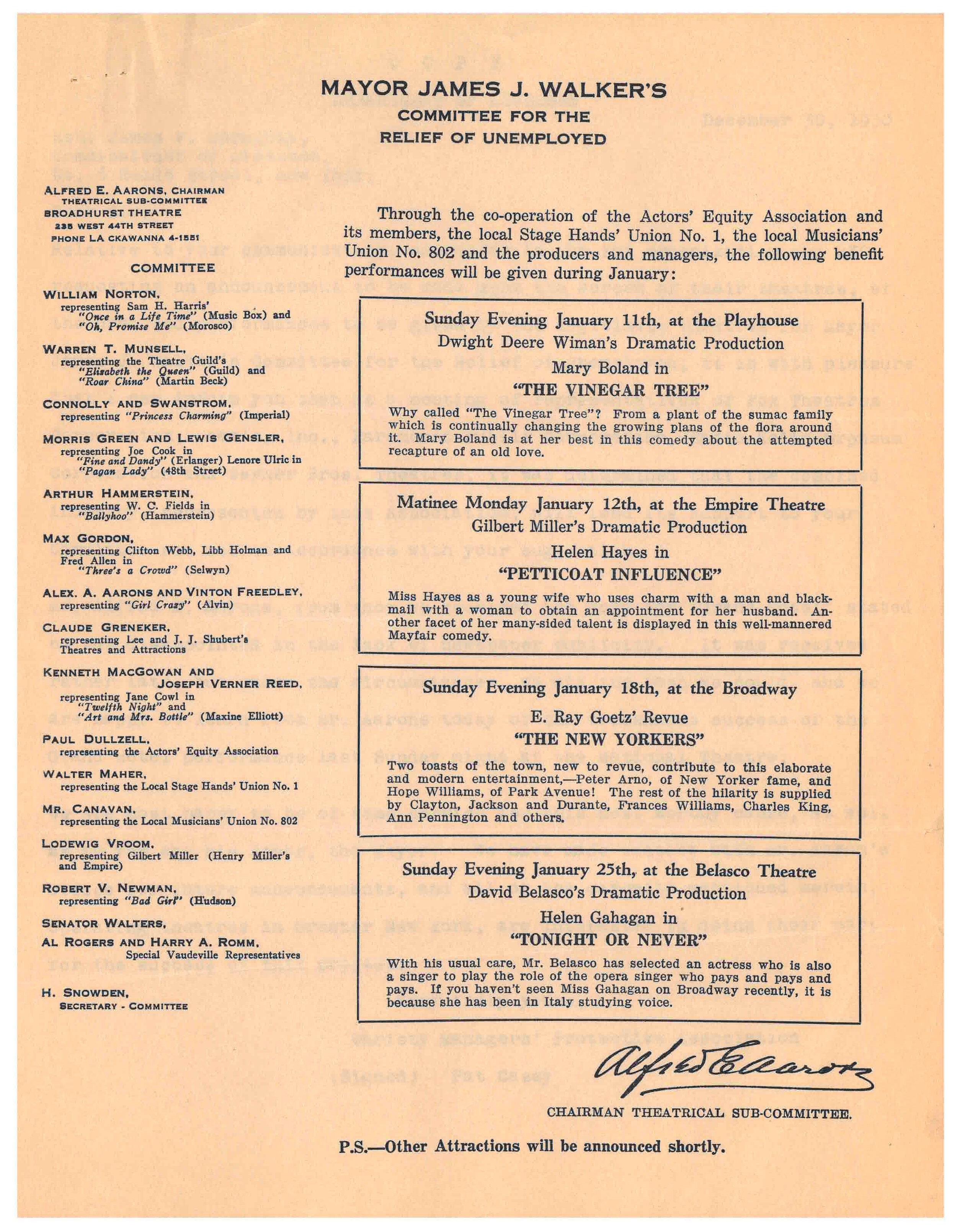In October, 2019, the New York City Municipal Archives finished digitizing a collection of over 1,400 surveillance films created by the NYPD’s Bureau of Special Services and Investigations. Many featured political protests and demonstrations from 1960 to 1980. Prior to the passage of the 1964 Civil Rights Act, this surveillance program focused intensely on actions carried out by members of the National Association for the Advancement of Colored People (NAACP) and the Congress of Racial Equality (CORE) as they protested racial injustice and unequal treatment. One of the longest of these actions was the protest against the construction of the Rochdale Village housing cooperative.
At the time of its opening in late 1963, Rochdale Village in South Jamaica, Queens was the largest integrated housing cooperative in the country. Located within a community that was almost entirely African American, it was part of a City-wide effort to racially integrate New York’s communities. And yet, during that summer, a nearly three-month long protest against Rochdale Village was conducted by NAACP, CORE and inter-faith groups. Although the building was promised to have both black and white tenants, an all-white construction union was hired to build it. During the summer of 1963, dozens of protesters interrupted the construction using a wide array of civil disobedience techniques.
These techniques were sometimes as simple as sitting in the street to block traffic to the construction site. Others were more clever and subtle, with protesters walking so slowly while they picketed the entrance to the site that trucks could not leave or enter. Other times, seemingly unrelated people would fall from their bicycles while riding right in front of construction trucks. Protesters would then rush to the fallen person’s side to provide help, blocking traffic at the same time. While police officers would quickly arrest those who sat in the street or chained themselves to construction equipment, the more subtle techniques seemed to genuinely complicate or challenge the ability to arrest protesters.
William H. Booth was one leader of the protests. The president of the New York State chapter of the NAACP at the time, Booth can be seen in several films going back and forth between fellow protesters and the police, sometimes frustrated, sometimes laughing, often coaching those who were being arrested. Eventually, Booth himself was arrested along with 23 others, the most arrests in a single day during the months-long demonstration. Although they were charged with disorderly conduct for trying to block construction trucks, the charges were later dropped. Booth would be appointed to Mayor John Lindsay’s Commission on Human Rights from 1966 to 1969, only three years after the Rochdale Village protest. After that, he served as a New York judge for 13 years on the Criminal and State Supreme Courts. Booth passed away in 2006 at the age of 84.
Rochdale Village was completed in the fall of 1963, with 10% of its low and middle income housing units going to families of color. Over the next two decades, the share of apartments occupied by families of color would increase as white families left Rochdale Village and urban centers more generally for the suburbs. Rising crime, increased carrying charges (equivalent to rent) and troubled schools helped fuel the exodus. The housing cooperative fell into disrepair during the 80s and most of the 90s, but as the City revitalized by the end of the 20th century, so too did Rochdale Village. Today, it is fully-occupied and boasts of being one of the most affordable housing cooperatives in the City.
During the early 1960s, the NYPD filmed several other NAACP and CORE protests against the use of segregated construction labor for more housing cooperatives, hospitals and other buildings. In addition to protesting segregated labor, the NYPD also recorded NAACP and CORE rallies against segregated schooling, the prevalence of police brutality against communities of color, and the Vietnam War. Over the course of the 1960s, the NYPD documentation of NAACP and CORE actions slowly diminished to be replaced by film of other organizations fighting for racial justice like the Black Panther Party. Films featuring demonstrations by the NAACP, CORE, the Black Panther Party and many others are now available to browse on the New York City Municipal Archives online gallery: gallery


















